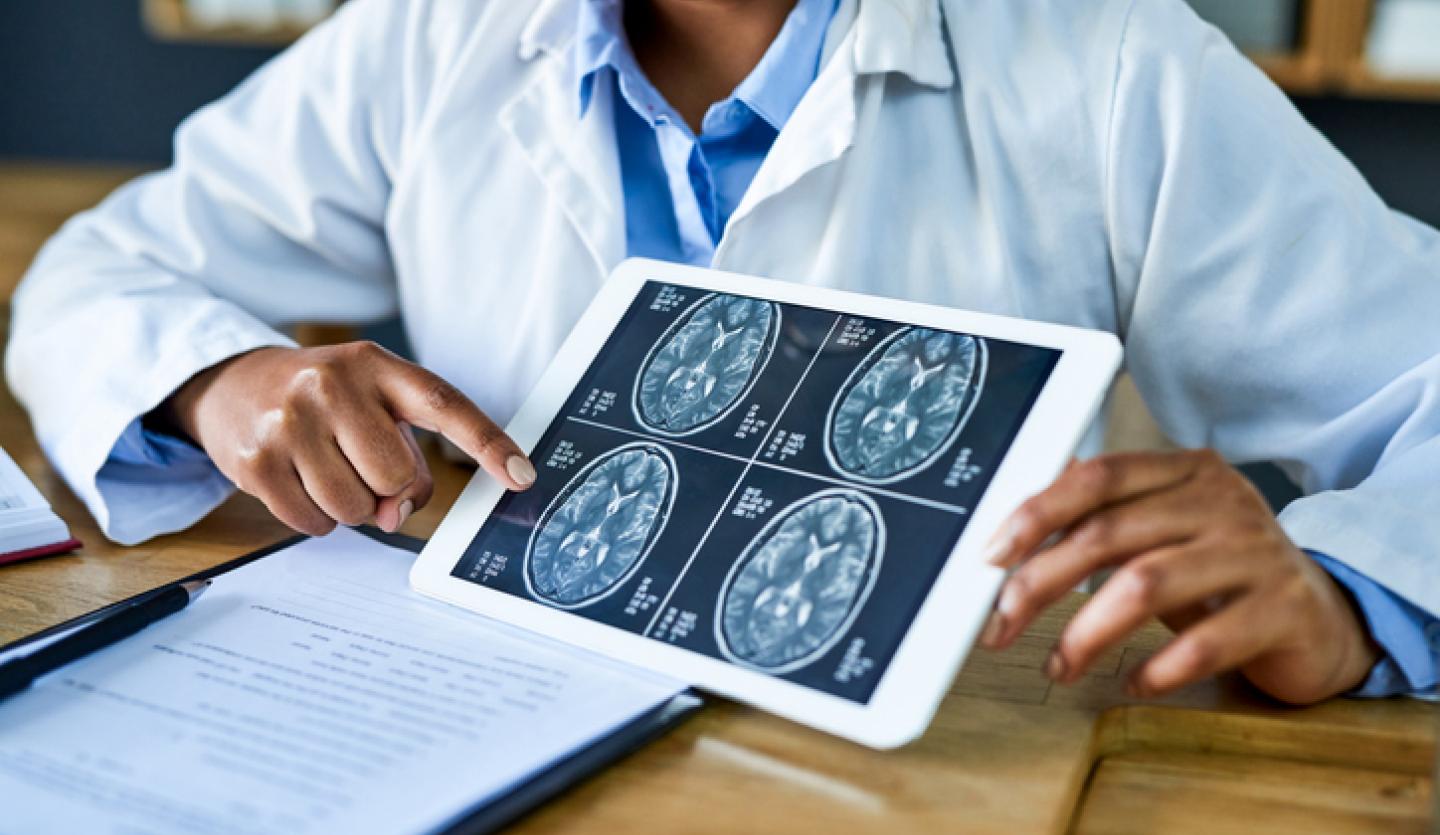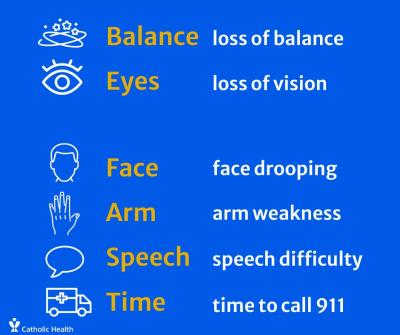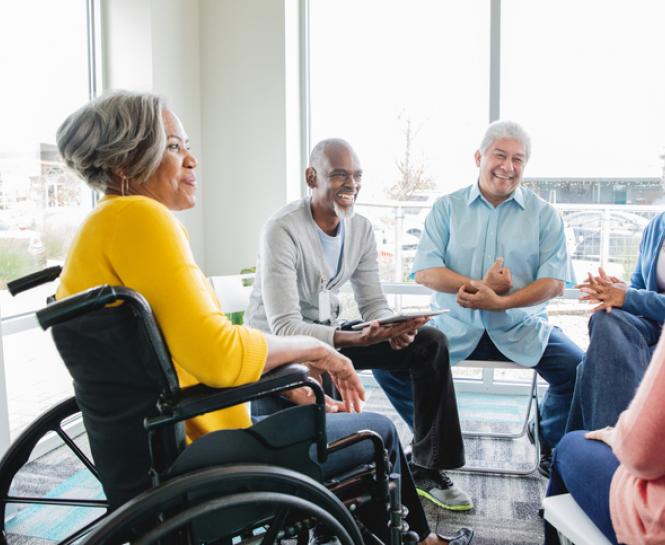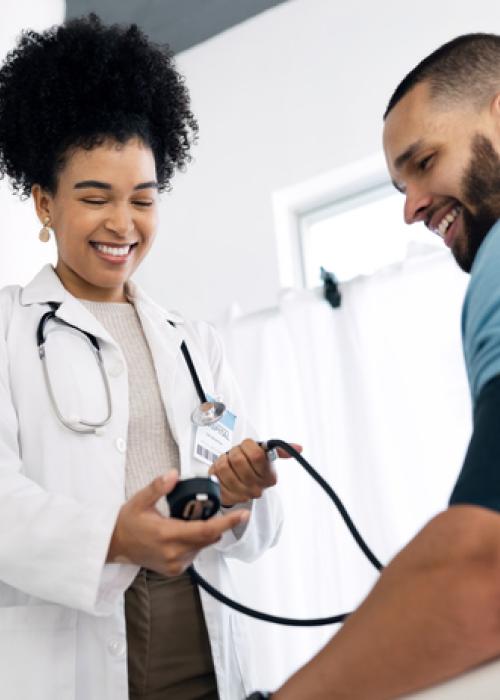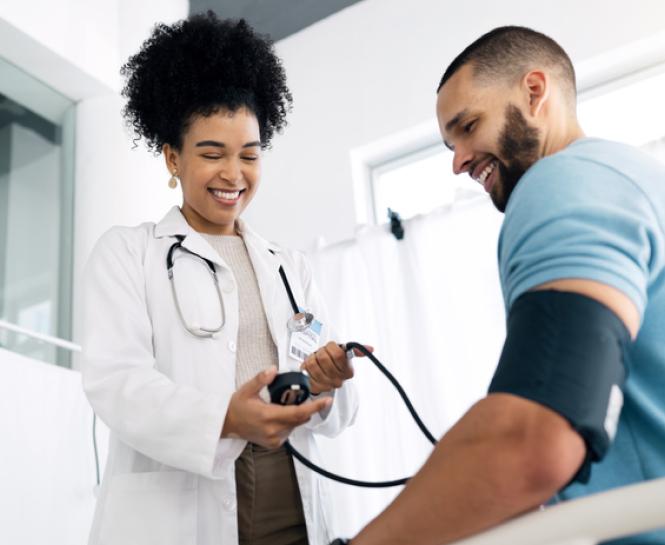In the United States, stroke is the fifth-highest cause of death and the leading cause of disability. Yet, up to 80% of all strokes are preventable, according to the American Stroke Association (ASA).
Recognizing the signs of stroke and getting medical care immediately is one of the most important ways to protect yourself and others from a stroke. It may even save your life.
Kimon Bekelis, MD, Director of the Stroke & Brain Aneurysm Center of Long Island at Good Samaritan University Hospital and Catholic Health Chair of Neurointerventional Services, shares the importance of taking rapid action if you or a loved one experience stroke symptoms.
Call 9-1-1 immediately if you or a loved one are experiencing stroke symptoms.
What is a stroke?
A stroke happens when one of the blood vessels carrying oxygen and nutrients to your brain bursts or becomes blocked by a blood clot. If this occurs, it prevents parts of your brain from getting needed oxygen and causes brain damage, long-term disability or death.
There are two main types of strokes:
- Ischemic stroke. Occurs when fatty deposits or blood clots block blood flow to your brain.
- Hemorrhagic stroke. Occurs when one or more of the blood vessels in your brain ruptures.
What are the warning signs of a stroke?
A stroke is an emergency requiring professional care immediately to achieve the best outcome. Nearly two million brain cells die every minute during a stroke. Early treatment leads to less brain damage, reduced disability rates and fewer deaths.
F.A.S.T. can help you remember and recognize the warning signs of a stroke.
F = Face drooping. Is one side of your face sagging? Is your smile uneven?
A = Arm weakness. Do you have numbness or weakness in one of your arms? Attempt to hold your arms outstretched at waist level. Is one of your arms drifting downwards?
S = Speech difficulty. Are you slurring your words? Are you unable to produce or understand speech and communicate how you normally do?
T = Time to call 9-1-1. Immediate action is vital if you or someone you are with shows any of the above warning signs. The faster you get care, the better your chances of a positive outcome.
Other signs of stroke include:
- Confusion and disorientation
- Difficulty seeing in one or both eyes
- Dizziness
- Loss of balance or coordination
- Weakness or numbness in your arm, face or leg that’s worse on one side of your body
- Sudden, severe headache with no known cause
- Trouble walking
Can you prevent a stroke?
These tips from the ASA can help you reduce your risk of stroke:
- Monitor your blood pressure
- Control your cholesterol
- Maintain low blood sugar levels
- Get active daily
- Achieve and maintain a healthy weight
- Eat a balanced, low-sodium diet that includes plenty of fruits, vegetables and whole grains.
- Don't smoke and limit alcohol consumption
- Manage chronic conditions such as diabetes, obesity and high blood pressure
Stroke care across Long Island
All Catholic Health hospitals in Nassau and Suffolk. counties are New York State Department of Health-designated stroke centers and meet the American Heart Association/American Stroke Association’s “Get with the Guidelines®” standards for rapid stroke diagnosis and stroke treatment.
Our stroke experts are available 24 hours a day, seven days a week.
Comprehensive Stroke Center
The Stroke & Brain Aneurysm Center of Long Island at Good Samaritan University Hospital (West Islip, NY) is the only Comprehensive Stroke Center on the south shore of Long Island. A Comprehensive Stroke Center provides more specialized care for patients with complex strokes.
Thrombectomy Capable Stroke Center
St. Francis Hospital & Heart Center® (Roslyn, NY) is is capable of performing mechanical thrombectomy—a minimally invasive procedure to remove a blood clot from an artery.
Primary Stroke Center
A Primary Stroke Center stabilizes and provides emergency care for patients with an acute stroke. You can find care at:
- St. Catherine of Siena Hospital (Smithtown, NY)
- St. Charles Hospital (Port Jefferson, NY)
- Mercy Hospital (Rockville Centre, NY)
- St. Joseph Hospital (Bethpage, NY)
View our stroke care services.
View our stroke rehabilitation services.
Call 866-MY-LI-DOC (866-695-4362) to find a Catholic Health physician near you.

